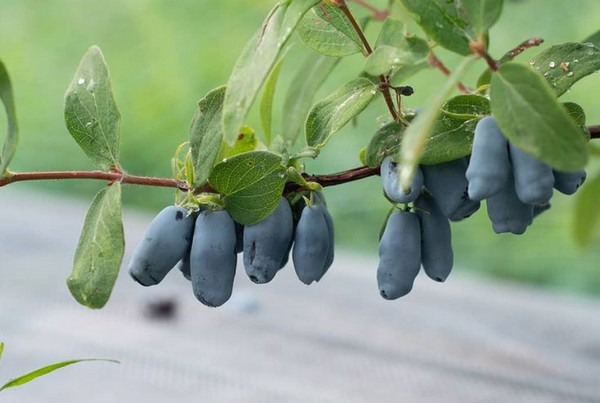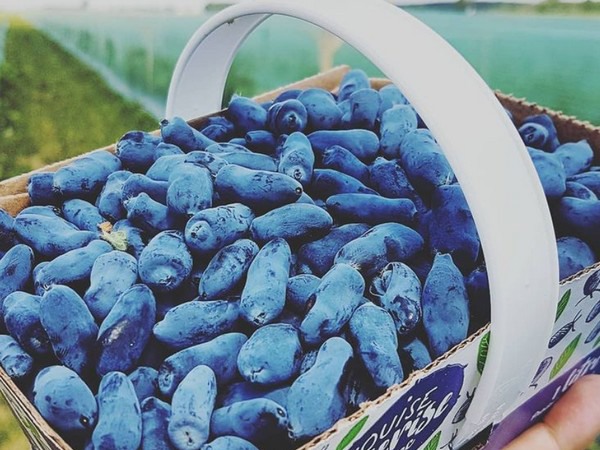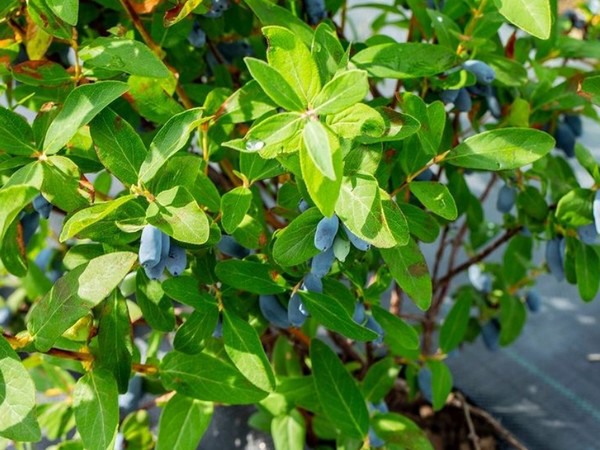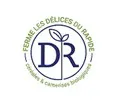Quebec Haskap berry growers believe that increased demand awaits for the unique, elongated berry.
Marc-Antoine Pelletier of Ferme Les Délices du Rapide S.E.N.C. in Saint-Hyacinthe, QC says since 2017, production of Haskap berries has tripled. “We’ve had young plantings since 2017 and overall, Quebec is increasing the availability of Haskaps every year,” he says.
While this year a late freeze in May affected Ferme Les Délices’ production, Pelletier notes that growers in the northern part of the province had an ample harvest.

The season is short for the berry, with production starting mid-June and wrapping up at the end of July. Pelletier notes that Quebec is one of the main regions producing the berries in Canada.
Fresh and processing product
“They can be consumed fresh - there are a lot of U-pick operations in the summer season - but if they’re not consumed fresh, they need to be frozen as soon as possible for processing,” he says, noting the berry is used similarly to how other berries are such as in jams, pies, and more. “It also comes on the market early in the season, like strawberries, and that's when people want to have fresh fruit on their plates.”

However, the biggest challenge to expanding the consumer base is letting consumers know the Haskap exists. “Some people who come to try it are curious. They want to taste it but don’t know what it tastes like - it’s very particular in terms of taste. It’s probably closest to raspberries, but I always say you won’t taste something you’ve already tasted before when you eat Haskap,” says Pelletier.
Drawing “foodies”
At the same time, Haskaps are also being consumed by 'foodie' type consumers who like cooking and trying new foods.
While to date Pelletier has shipped fruit largely locally, he believes he will not stay in that position for a long time. “Five years from now, I’ll have 200,000 lbs. per year to put on the market, so I will need to look into something else,” he says, noting currently he distributes fruit in frozen pouches or on the fresh market and U-pick.

As for pricing, the berry, which is hand-harvested for the fresh market but sees more machine harvesting for the processing market, is a premium-priced product. “If you want to have really good-looking and good quality frozen berries, you’ll pay a premium price for that. It’s priced pretty close to raspberries, but maybe a little bit higher than that,” says Pelletier.
 For more information:
For more information:
Marc-Antoine Pelletier
Ferme Les Délices du Rapide S.E.N.C.
Tel: +1 (450) 501-0039
[email protected]
www.delicesdurapide.ca
https://haskap.ca/where-to-buy/
